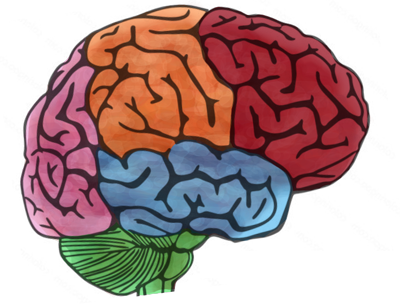We develop statistical methods to improve our understanding of brain connectivity. We are conducting a large study in autistic children to examine the connections between brain regions while at rest and during a movie-watching task: https://www.brainconnectivitystudy.org/. The connectivity theory of autism hypothesizes that short-range connections are stronger while long-range connections are weaker. However, participant motion during the fMRI scan produces artifactual connectivity that has similar characteristics, and autistic children tend to move more than children without ASD. In our study, children complete mock scanner training sessions to learn to move less while in the MRI scanner. Additionally, we are developing statistical methods to decompose connectivity into neuronal and motion-related sources with applications in ASD, ADHD, and neurodevelopment. We draw upon machine learning methods and causal inference to determine what the brain would look like when children are nearly motionless.
Research
Currently working on:
We analyze study design, image acquisition, and image processing in neuroimaging studies to improve our understanding of brain function. Modern MRI acquisition methods increase spatial and temporal resolution in fMRI and result in denser sampling of q-space in diffusion MRI. Multiband acquisition, also called simultaneous multi-slice, decreases image acquisition time, but it also causes noise amplification. We examined the effect of multiband acquisition on estimates of functional connectivity, with an emphasis on estimating connections in subcortical areas that play an important role in psychiatry and neurology. Multiband leads to large decreases in measures of functional connectivity in subcortical regions. We found single-band with 3.3 mm voxels could lead to large increases in statistical power in subcortical regions relative to 2 mm multiband acquisitions. For whole brain studies, we recommend multiband factor 4. We continue to investigate the impact of different acquisition protocols in neuroimaging, including protocols used in diffusion MRI and MR spectroscopy.
We develop and apply methods that reveal biological features from high-dimensional data. Independent component analysis (ICA) is a popular technique in the analysis of functional magnetic resonance imaging (fMRI), where it is used to estimate resting-state networks and artifacts. We developed Sparse ICA, which estimates the non-zero brain locations that work together in a resting-state network. Popular approaches use unpenalized ICA methods followed by thresholding. Our approach is fast, interpretable, and can be more accurate. We have developed practical tools and guidelines to help researchers improve the application of ICA to fMRI, with an emphasis on multiple initializations for non-convex optimization in high dimensional analyses. We developed a method for non-Gaussian component analysis that uses a likelihood as a measure of information to achieve dimension reduction. We developed Simultaneous Non-Gaussian Component Analysis (SING) to extract joint information across multiple neuroimaging datasets, for example, task and resting-state fMRI. Our approach extracts joint scores while maximizing the non-Gaussianity of the feature space. Our application revealed resting-state functional connectivity patterns linked with a working memory task. An R package implementing this method is available.


